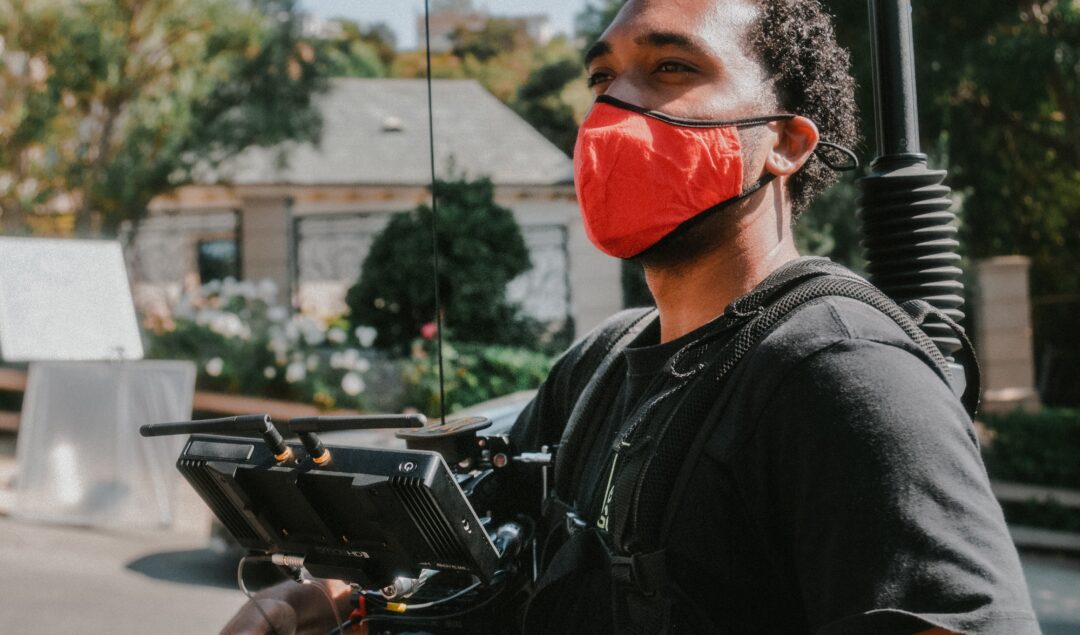From Promises to Backpedaling: How the Advertising Industry’s Diversity Commitment Crumbled, Report Reveals

An American Association of Advertising Agencies (The 4A’s) report has found unsolved issues in the advertising industry.
A step in the wrong direction for diversity
While 2021 witnessed a surge in diversity and inclusion efforts, momentum seemingly dwindled in 2022.
At the time, numerous corporations embraced more diverse hiring practices and over 200 tech firms committed to change.
However, over the last year, these efforts have begun to decrease, including the media industry losing four Diversity, Equity and Inclusion (DEI) leaders in two weeks.
Furthermore, the 4A’s report indicated a rise in the number of agencies led by white CEOs from 2021 to 2022.
This comes after Congresswoman Ayanna Pressley recently urged the top five U.S. banks to renew their racial equity commitments, especially in light of the tragic events surrounding the death of George Floyd in 2020.
What did the report find?
In 2022, the advertising sector remained largely white-dominated, with the industry made up of white professionals 64.63%.
The diversity breakdown also included 12.41% Hispanic or Latinx, 11.33% Asian, 6.99% Black, 2.88% Middle Eastern, and smaller percentages of Native American and Pacific Islanders.
The actual percentages of minority employees did increase, and more DEI professionals were hired in 2022.
Yet, a stark disparity remains at the executive level: 80.7% of the advertising industry’s C-Suite positions and top executives were white, as were 77.56% of VPs, SVPs, and managing directors.
Forbes commented on the findings, suggesting that while the advertising industry has benefitted from the cultural insights of people of color, these professionals often don’t reap the full economic benefits of their contributions.
The data underscores a concerning trend: the potential exploitation of minority talent, where their unique cultural expertise is harnessed for profit by those in power.



